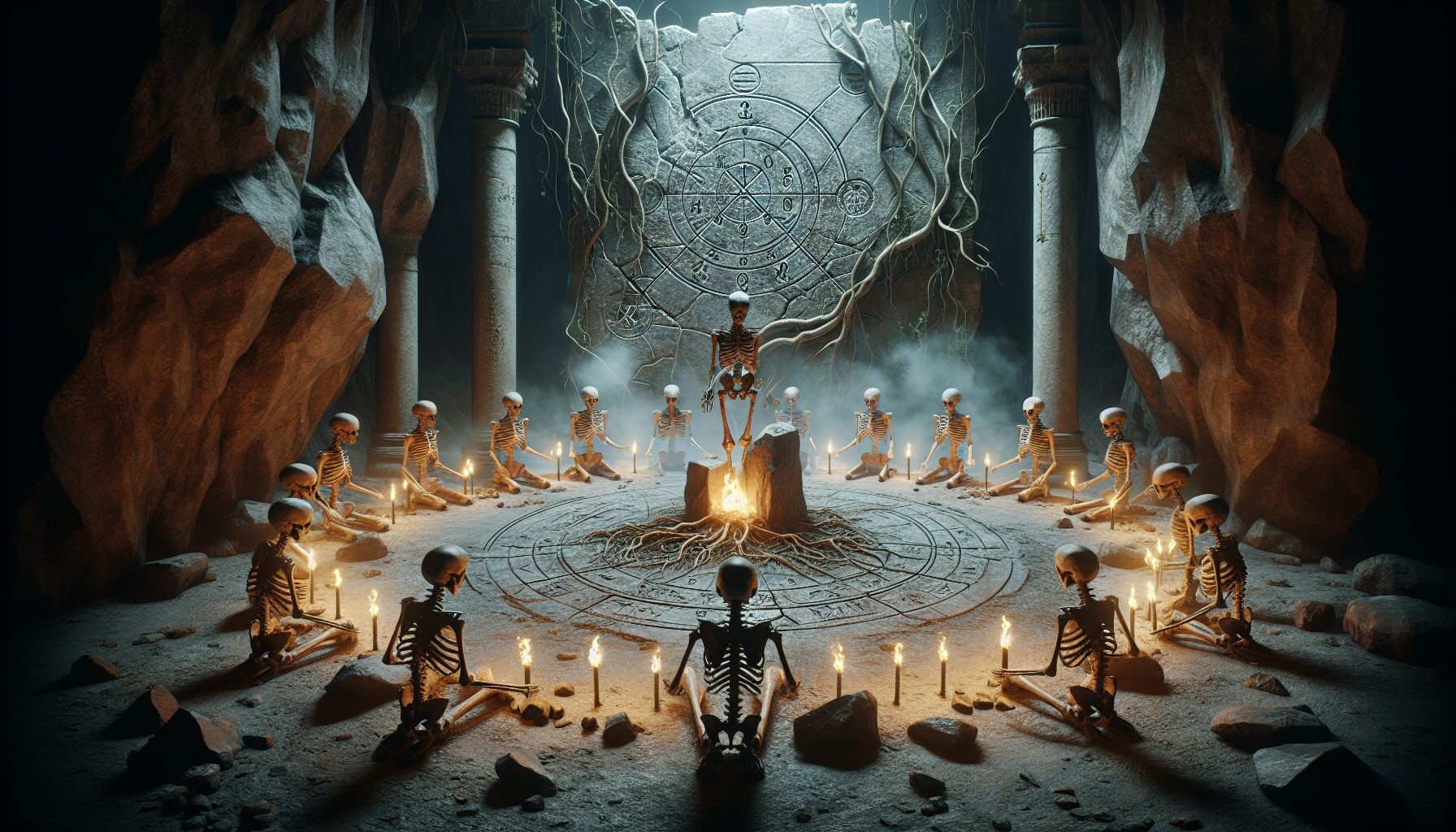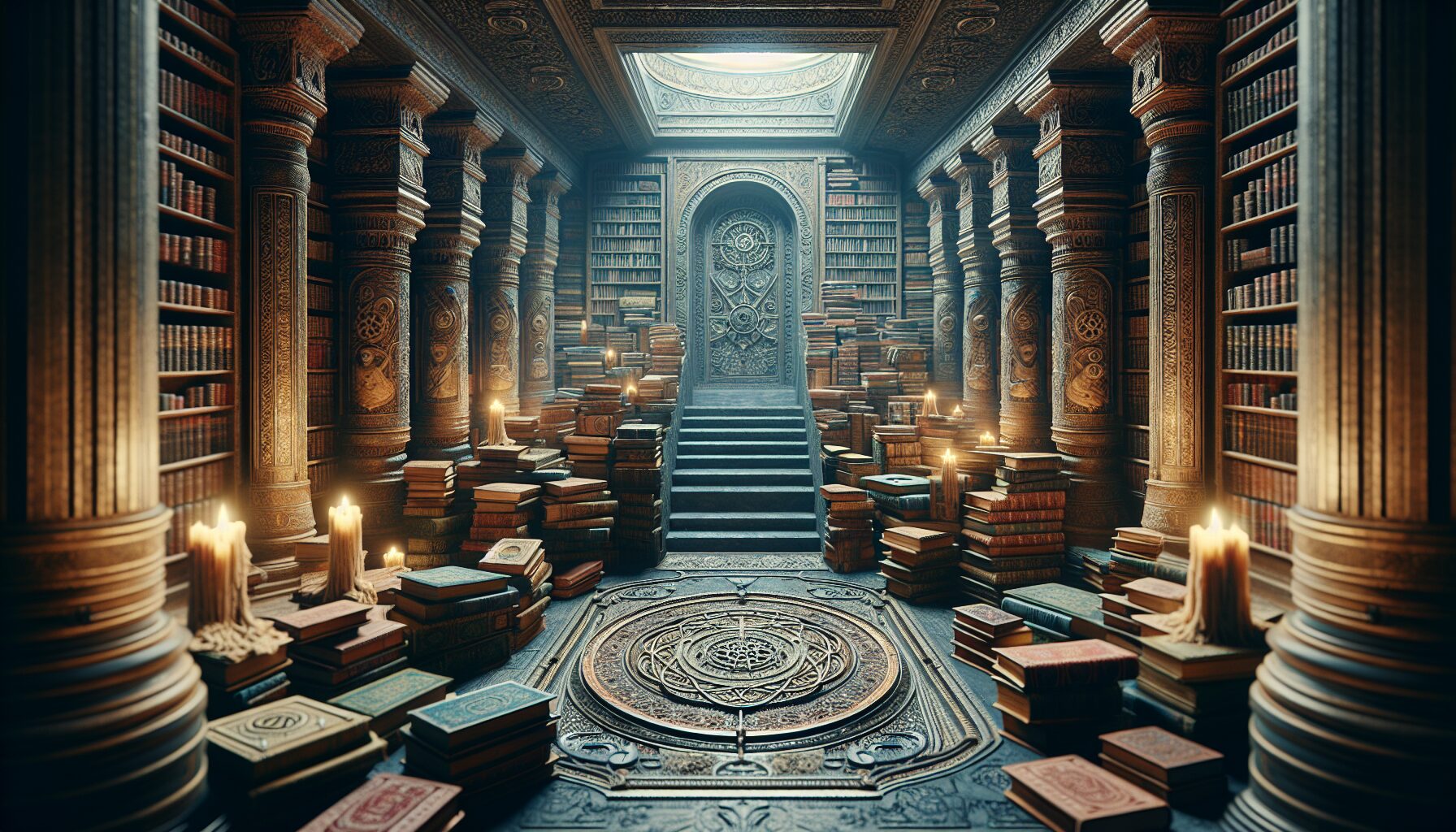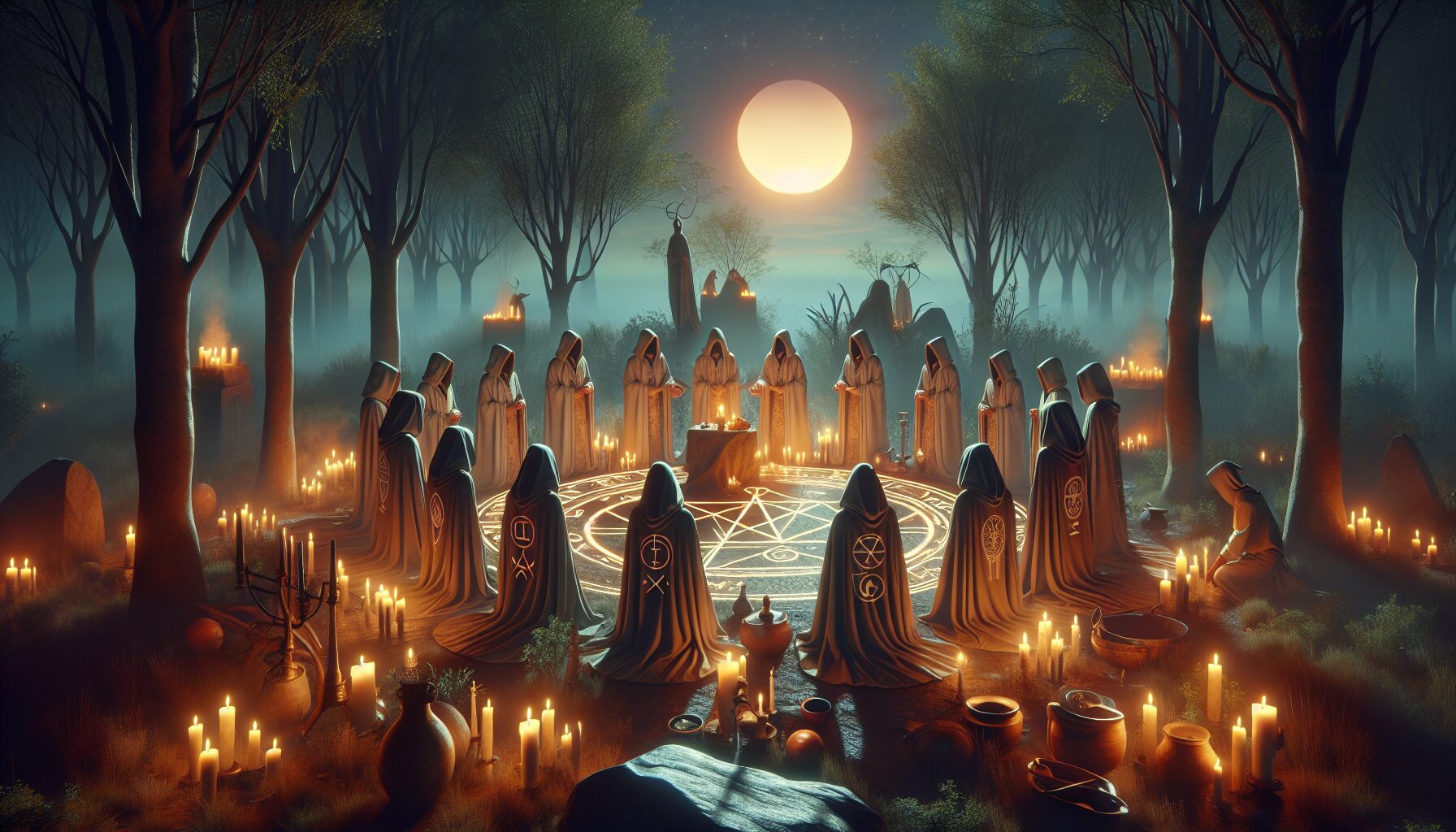The concept of liminal spaces has captivated human imagination for centuries. These are thresholds, the in-betweens of our world, representing transitions and transformations. A hidden pilgrim’s journey through these spaces provides a unique glimpse into both our physical and metaphysical worlds. But what exactly are these liminal spaces, and why do they hold such significance?
Understanding Liminal Spaces
The term “liminal” derives from the Latin word limen, meaning threshold. It describes places or states that are neither here nor there; they exist at the borders, where one thing transitions into another. Anthropologist Victor Turner expanded on the concept, highlighting its importance in rituals and societal changes. He noted,
“Liminality is not only transition but also a position of neither here nor there, betwixt and between the positions assigned and arrayed by law, custom, convention, and ceremony.”
(Turner, Wikipedia).
Physical Liminal Spaces
Physically, liminal spaces can be literal thresholds—doorways, corridors, or staircases—places where one physically moves from one place to another. Airports and train stations are quintessential examples. They are spaces of waiting, transit, and preparation, representing movement and potential rather than permanence.
- Airport Terminals: These stand as modern archways between worlds, a place where stories of fresh beginnings and poignant farewells coexist.
- Bridges: Spanning both time and space, bridges are conduits between lands, offering breathtaking vistas both outward and within.
- Staircases: Often overlooked, staircases enable vertical transitions, symbolically lifting or descending characters on their journeys.
Metaphysical and Psychological Liminality
Liminal spaces are not only topographical but also psychological. They are significant in times of personal development or crisis, during rites of passage like birth, death, marriage, and graduation. Psychologically, these spaces foster introspection and transformation, crucial periods for personal growth and reinvention. As Joseph Campbell articulated in his hero’s journey framework, each hero must face existential thresholds to secure self-knowledge and enlightenment (Wikipedia).
Rituals and Liminality
Throughout history, societies have imbued certain rituals with liminal significance, offering a structured passage through life’s uncertainty. Examples include:
- Initiation Ceremonies: Seen in cultures worldwide, these rites mark the transition from childhood to adulthood, delineating identity and societal roles.
- Weddings: Celebrated across cultures, they represent the passage from individual to conjugal life, linking not only families but also heritages.
- Funerals: Universally, they mark the transition from life to death, serving as communal acknowledgments of mortality.
Victor Turner’s analysis of Ndembu rituals in Zambia offered profound insights into the transformative power of these ceremonies. He noted that during liminal periods, “people ‘play’ with the elements of familiar landscapes and social formations in ways that transform them. But these novel configurations remain unconsumed and undeveloped, merely tinkered with” (Turner, Wikipedia).
The Hidden Pilgrim’s Journey
For a pilgrim traversing these ethereal borders, their journey becomes a quest not simply across landscapes but through the layers of the self. The hidden pilgrim embarks upon a venture shaped by the following aspects:
- Ephemeral Passage: Every step along this transitional route reminds the pilgrim of life’s impermanence and their potential for growth and discovery.
- Self-Reflection and Transformation: The journey mandates a reassessment of beliefs, leading to the metamorphosis of the soul and a renewal of purpose.
- Communion with the Unknown: Liminality becomes a space for encounters with the arcane, allowing for dialogue with dreams, fears, and cosmic truths uncharted.
Liminal Spaces in Modern Context
In contemporary times, the notion of liminality has found resonance not only in physical and metaphysical realms but across digital landscapes. Social media platforms, virtual forums, and the Internet function as modern liminal spaces where identities and ideas continuously evolve.
The pandemic has accentuated liminal experiences further, immersing us into collective liminality—a state poetically encapsulated by anthropologist Mary Douglas as “a stage of greater vulnerability,” provoking anxiety but also creativity (Douglas, Wikipedia).
Conclusion: Embracing the Journey
Liminal spaces, both physical and metaphorical, are integral to the human experience. They function as stages for our most significant transitions and transformations. As hidden pilgrims, our journeys through these spaces mirror the duality of life—challenging yet rewarding, transient yet impactful. Whether crossing a bridge, navigating societal shifts, or venturing through virtual realms, our passage through these thresholds nurtures resilience and inspires new horizons.
In the words of John O’Donohue, a poet and philosopher, “Perhaps the art we most need now is an art of thresholds which can calm our sense of being disturbed, while allowing us to explore the exciting possibilities of calmed disturbance” (Brain Pickings).
Through understanding and embracing liminal spaces, we embark on a journey—as timeless as it is timely—naturally poised between the known and the unknown, perpetually carving out our paths along the intricate dance of existence.









